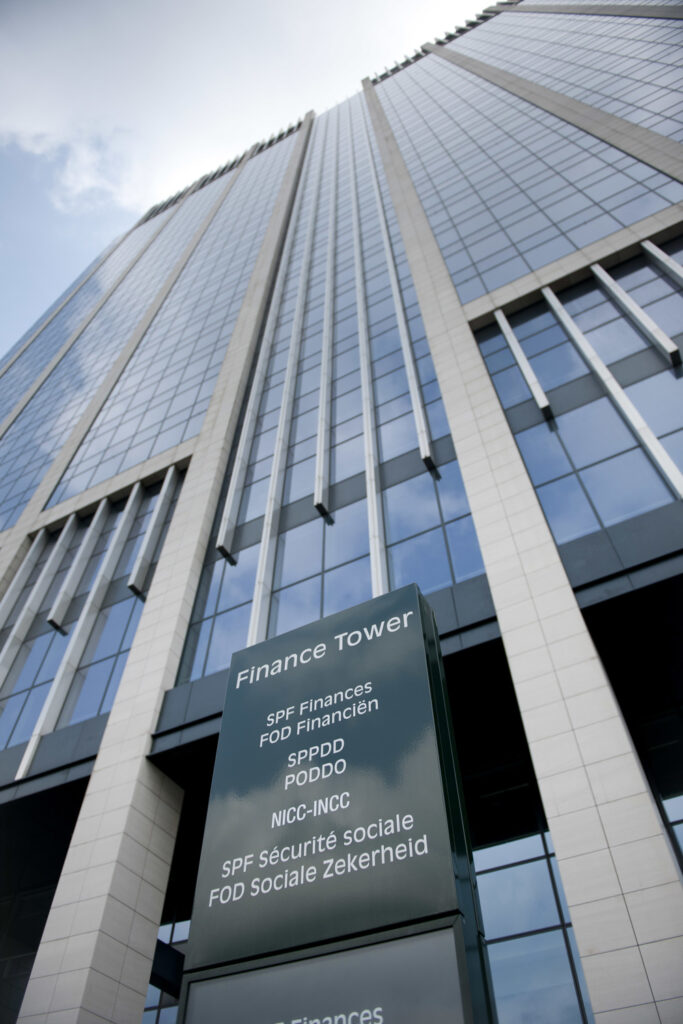Tax pressure in Belgium increased in 2023, with the tax burden for individuals and companies remaining one of the highest among OECD countries.
According to a report published on Thursday by the Organisation for Economic Co-operation and Development (OECD), tax pressure in Belgium now stands at 42.6%, up from 42.4% in 2022.
Tax pressure refers to the total amount of tax revenue collected, including personal income tax, corporate income tax, VAT, excise duties, and more, expressed as a percentage of GDP (gross domestic product).
In 2021, tax pressure slightly decreased to 42.1% from 42.2% in 2020. However, it increased in 2022 and 2023, reaching 42.6% last year.
This means that €42.60 out of every €100 of GDP is allocated to taxes. In 2015, the figure was even higher at 44.1%, while in 2010, it was 42.9%.
Belgium’s tax burden remains high compared to other countries, as only France, Denmark, Italy, and Austria have higher tax rates relative to their economies.
Tax pressure is 38.5% in the Netherlands and 38.1% in Germany. For all OECD countries, there was a slight decrease to 33.9%, compared to 34% in 2022.
A year ago, the 2022 report indicated a slight decline in tax pressure, but updated figures for 2021 show this is no longer the case.

